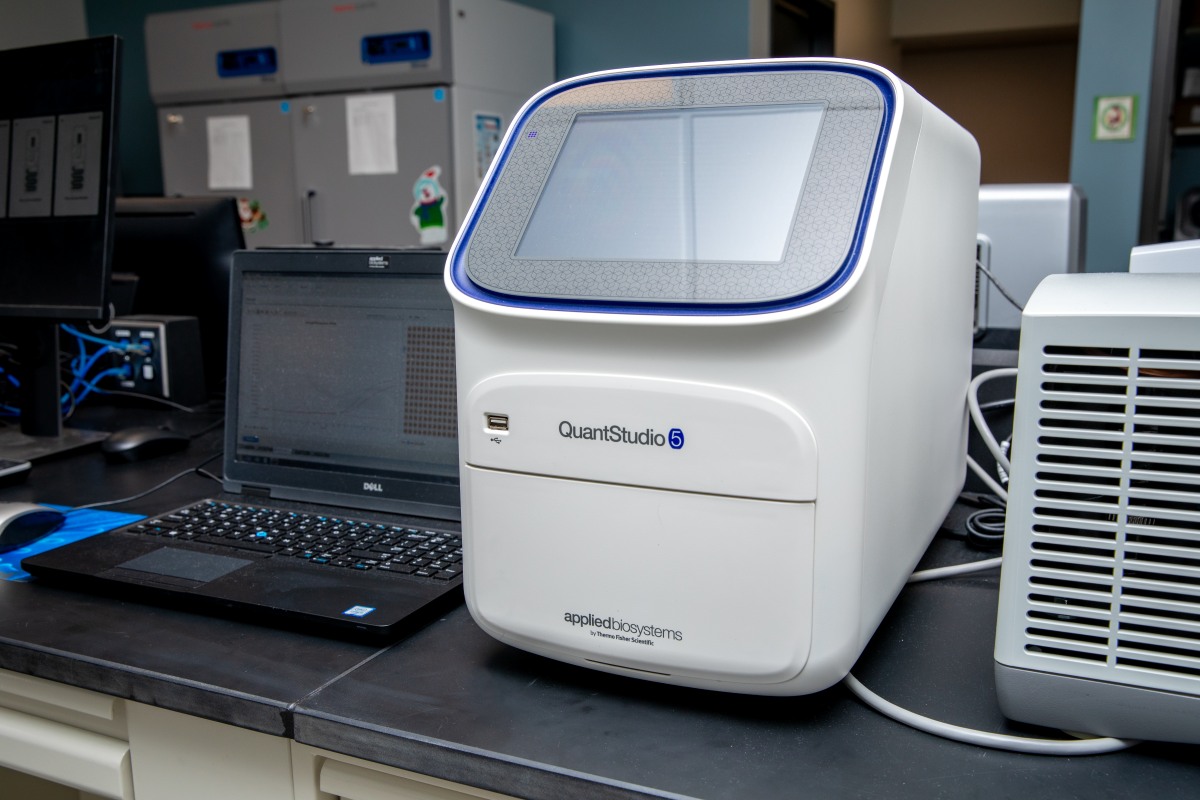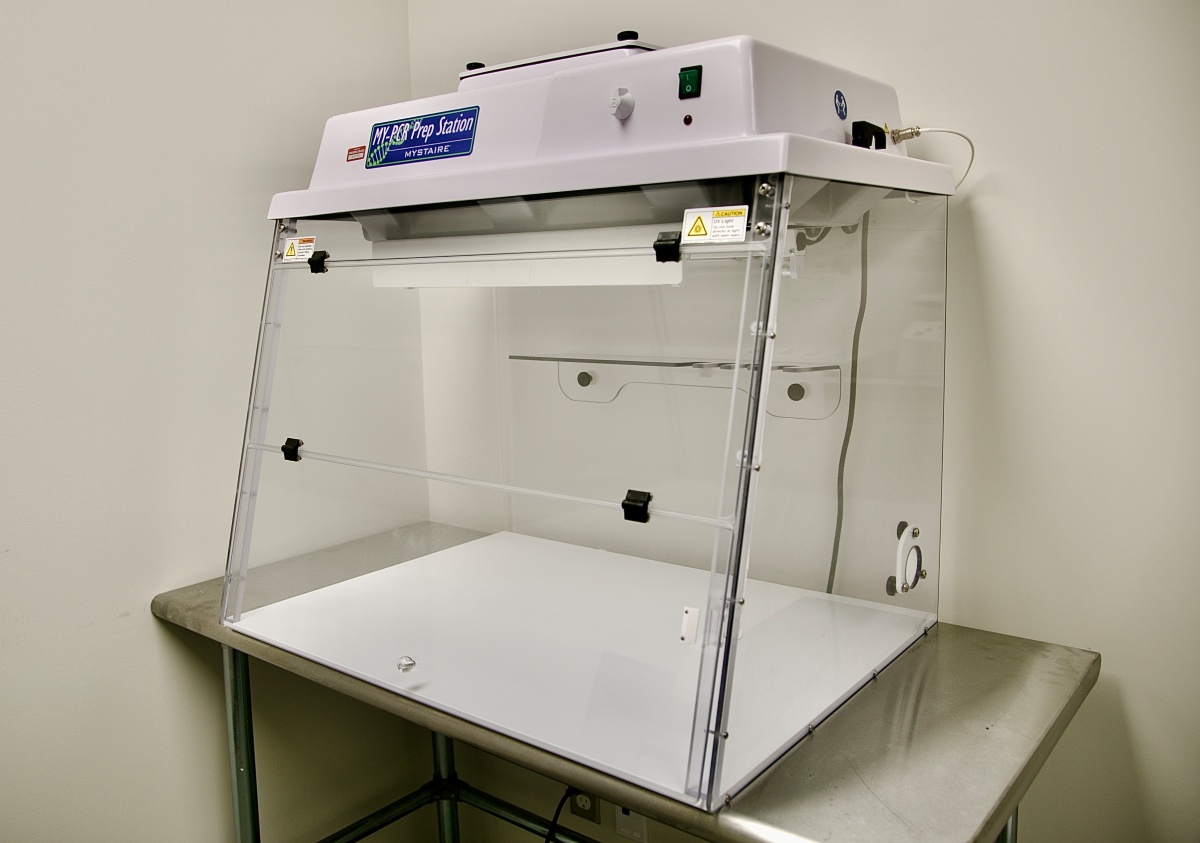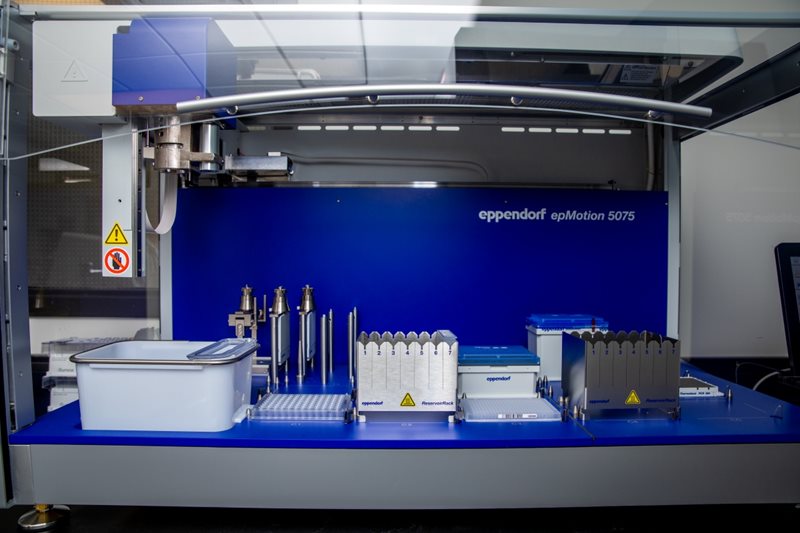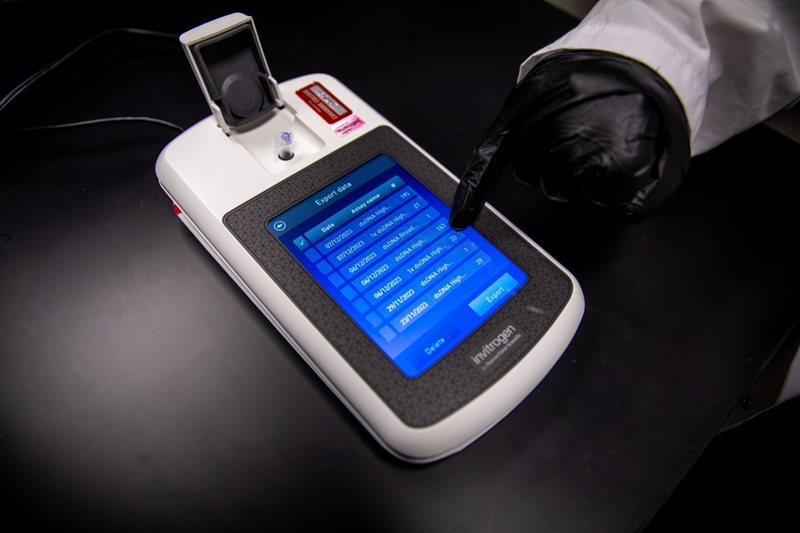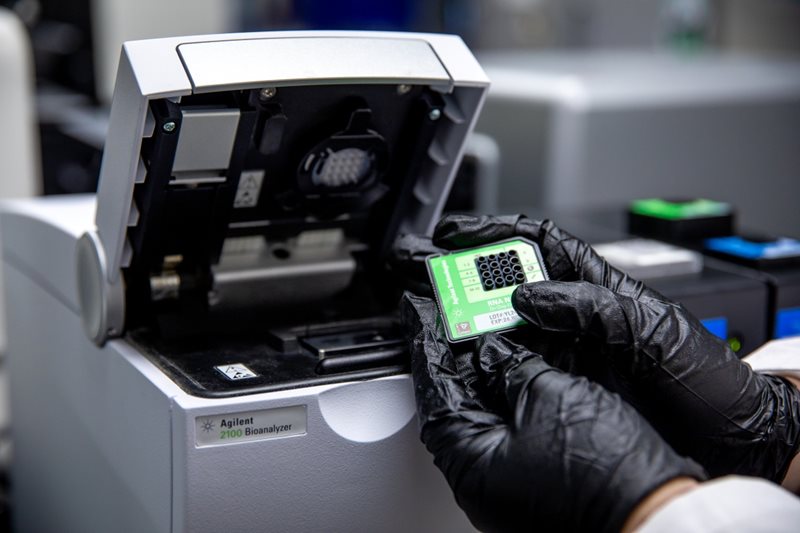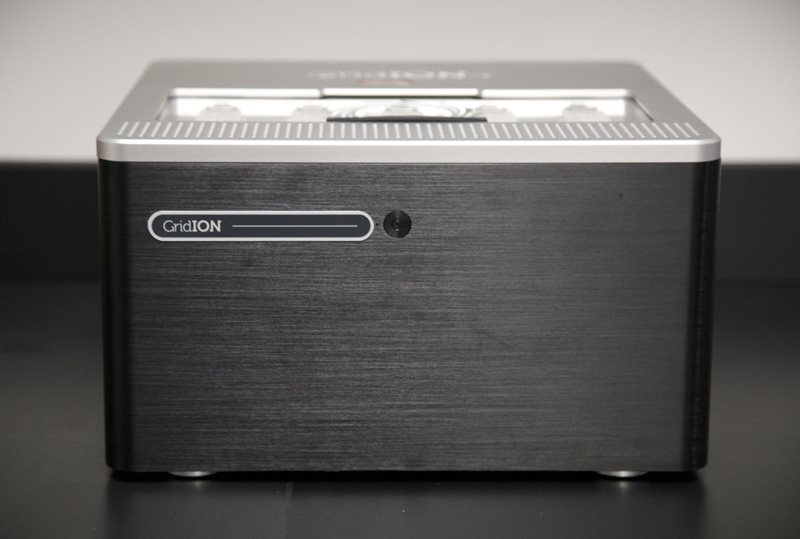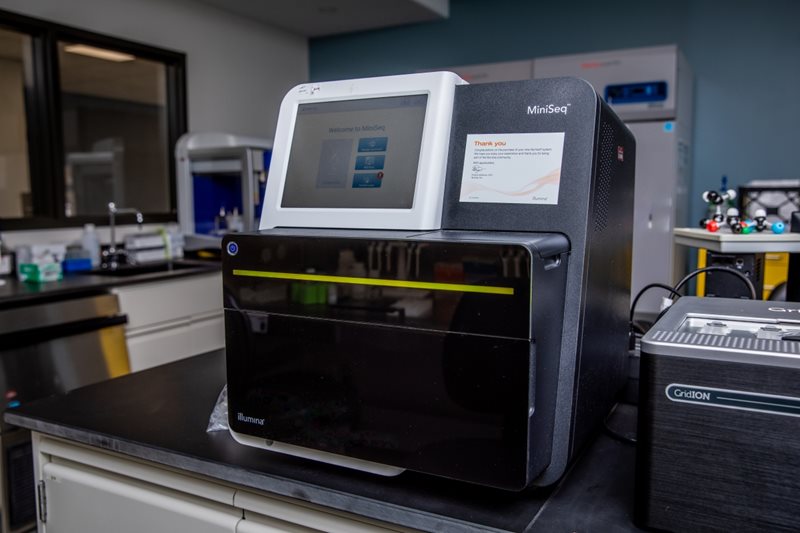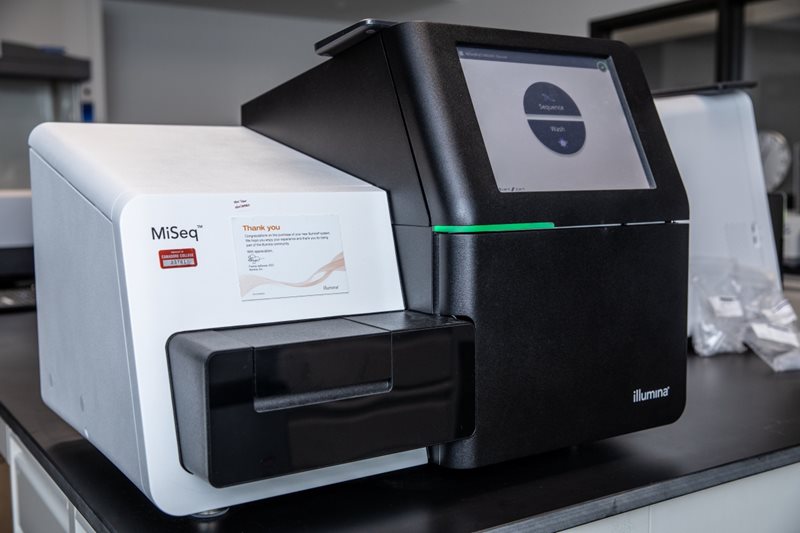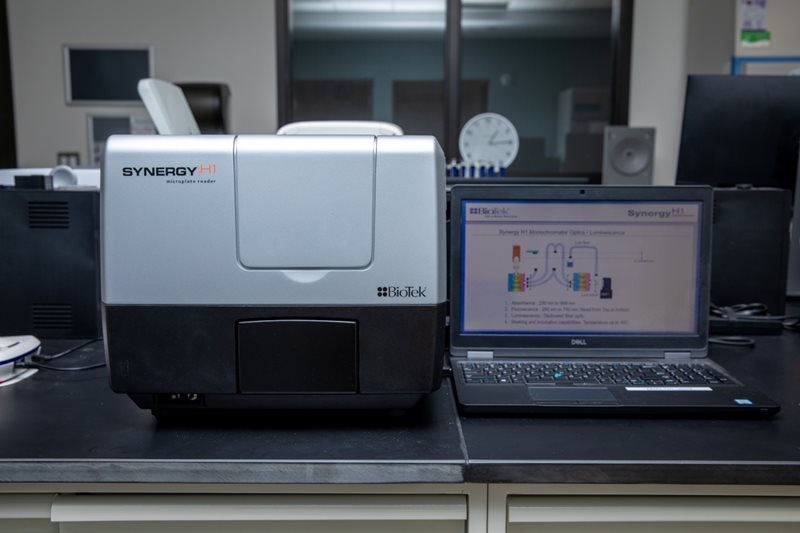Explore the Tools Behind the Science
From sample storage to advanced sequencing, here's a quick look at the essential equipment and spaces supporting research in our genomics lab.
|
Different freezers are designed to maintain specific temperature ranges to ensure the integrity and longevity of stored materials. Here's a brief overview of sample storage freezers at our lab.
Purpose: Used for short-term storage of biological samples, enzymes, and other temperature-sensitive reagents. Applications: Commonly utilized in laboratories for storing materials that do not require ultra-low temperatures. Purpose: Suitable for mid-term storage of biological samples, enzymes, and certain chemicals. Applications: Widely used for storing DNA, RNA, proteins, and other biological samples for research, diagnostics, and medical purposes. Purpose: Designed for long-term storage of highly sensitive biological samples, including cells, tissues, and certain reagents. Applications: Essential for biobanking, pharmaceutical research, and storing valuable biological materials for an extended period, often used in studies requiring cryopreservation. |
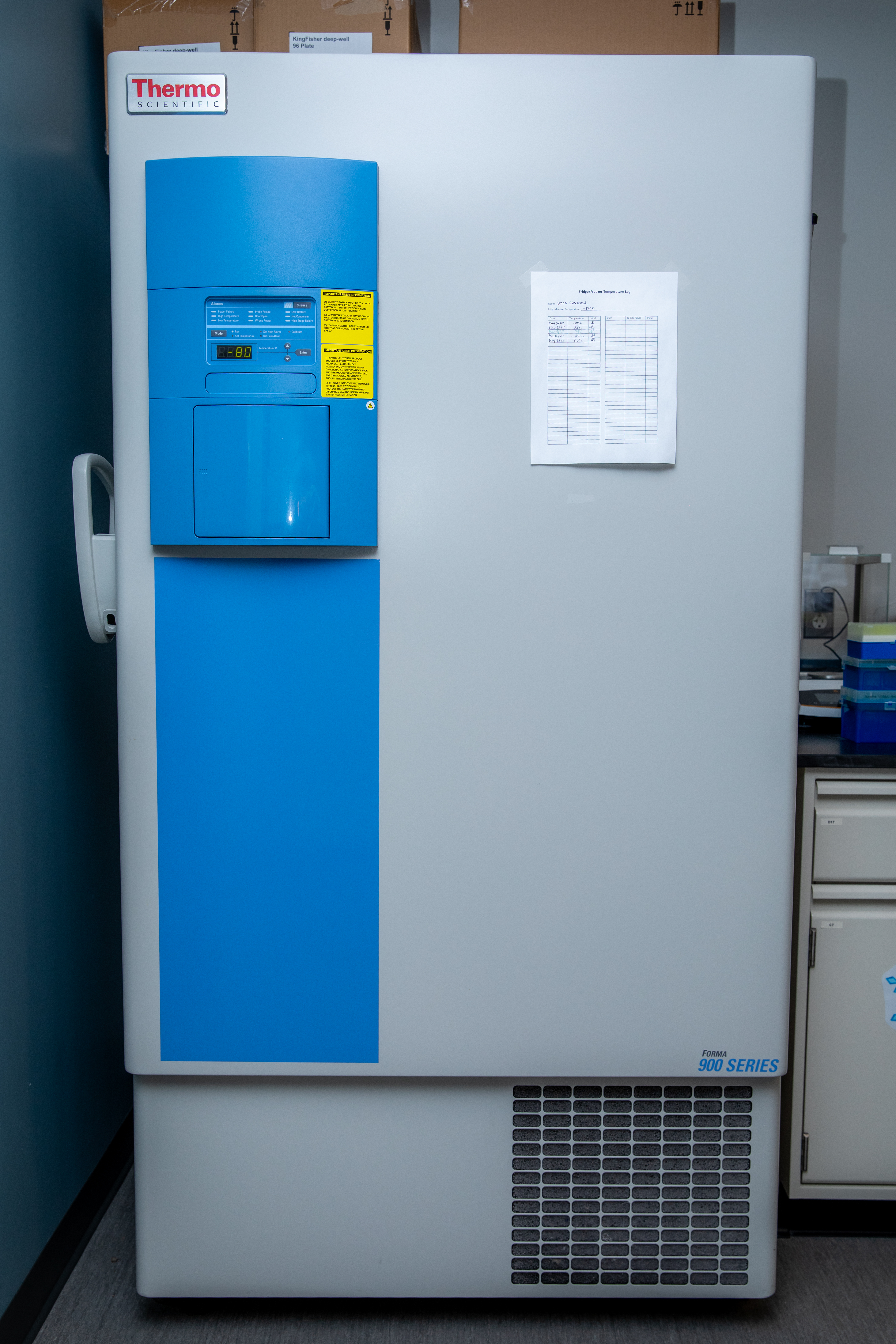 |
|
A bead homogenizer is a laboratory instrument designed for the mechanical disruption or homogenization of biological samples, tissues, or other materials using beads as the grinding or lysing medium. This device is particularly useful in molecular biology, biochemistry, and related fields where the extraction of cellular components or biomolecules is required. Bead homogenizers are widely used for DNA, RNA, and protein extraction, as well as for homogenizing tissues, cells, and microbial samples. They are valuable tools in processes such as nucleic acid isolation, protein extraction, and sample preparation for downstream applications like PCR, qPCR, or Western blotting. |
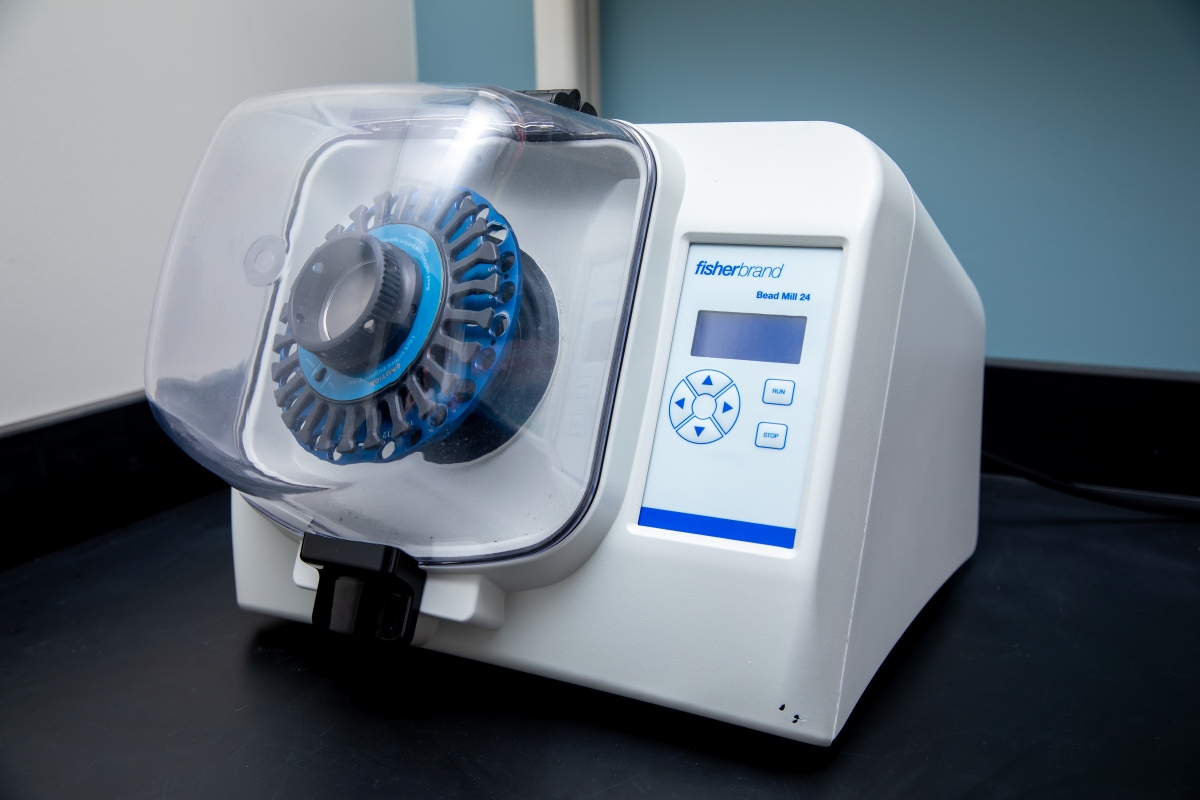 |
A tissue culture room in a laboratory is a specialized and controlled environment designed for the cultivation and maintenance of cells, tissues, and sometimes whole organs in vitro.
Sterile Environment: Tissue culture rooms are maintained under strict sterile conditions to prevent contamination of cell cultures. The air in this rooms is filtered, and researchers follow aseptic techniques to ensure the integrity of the cell lines being cultured.
Laminar Flow Hoods: Laminar flow hoods or biological safety cabinets are essential components of tissue culture rooms. These hoods provide a sterile working environment, protecting both the researcher and the cultured cells from external contaminants.
Equipment: Tissue culture rooms are equipped with specialized instruments and equipment, including microscopes, centrifuges, refrigerators, freezers, and incubators. These instruments support various aspects of cell culture, from routine maintenance to experimental procedures.
Dedicated Workstations: We have dedicated workstations within the tissue culture room for tasks such as cell seeding, passaging, and experimentation. Each workstation is equipped with the necessary supplies and equipment for specific cell culture procedures
*Stay tuned for images of the tissue lab once the setup is complete!
| Equipped with HEPA filters, laminar air flow prevents contamination during delicate tasks like DNA/RNA extraction, PCR setup, and cell culture work. The hood's controlled airflow ensures the integrity of genetic material by minimizing the introduction of airborne particles. In PCR, the laminar flow hood's aseptic conditions prevent cross-contamination between samples, ensuring accurate results. Additionally, during molecular cloning and DNA sequencing, the laminar flow hood contributes to the precision of these processes. Researchers follow stringent protective measures, including gloves and lab coats, further enhancing the reliability of genomic research outcomes. | 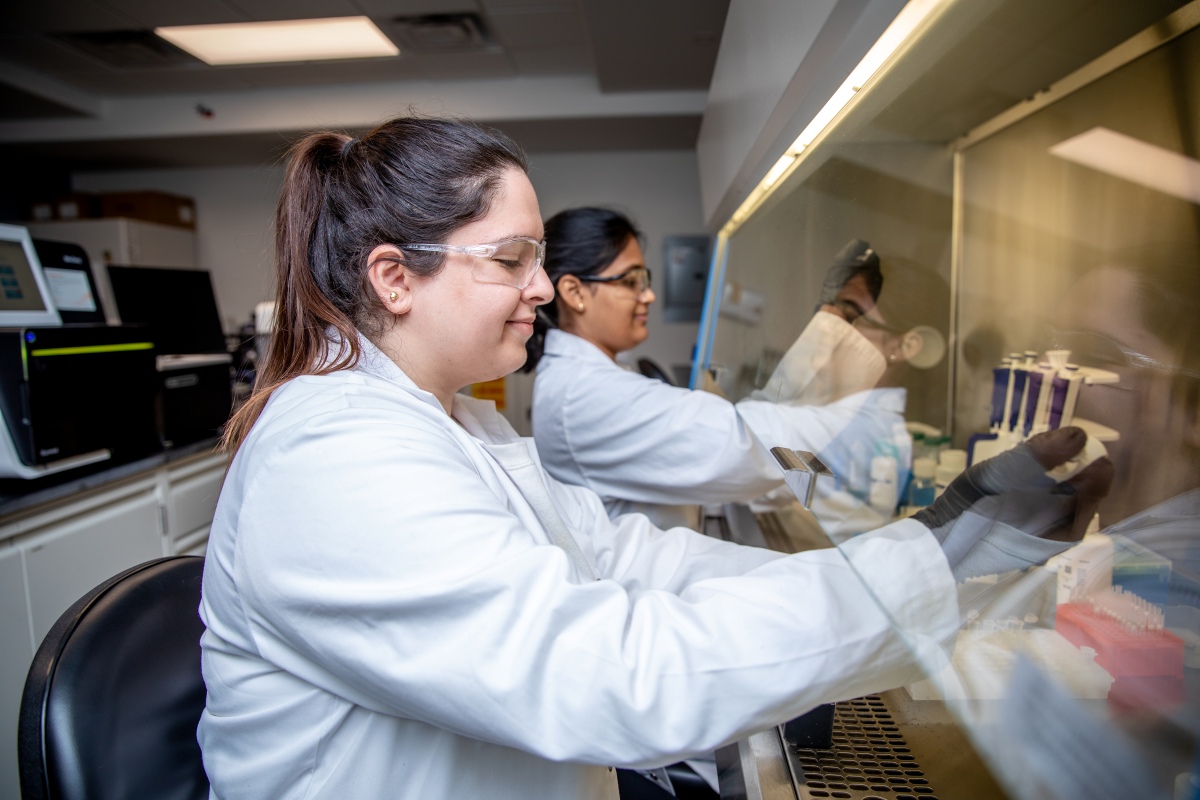 |
Polymerase Chain Reaction (PCR) and Quantitative Polymerase Chain Reaction (qPCR) are pivotal techniques in genomics labs, revolutionizing the study of genetic material. PCR, a cornerstone of molecular biology, facilitates the exponential amplification of specific DNA segments. Its repetitive cycles of denaturation, annealing, and extension enable tasks such as DNA cloning, sequencing, and mutation detection. In our genomics, PCR is instrumental in gene expression studies, genotyping, and forensic analysis.
Quantitative PCR (qPCR) expands PCR's capabilities by enabling real-time monitoring and quantification of DNA amplification. Utilizing fluorescent dyes or probes, qPCR provides researchers with precise quantitative data during the amplification process. This real-time aspect is invaluable in applications like gene expression analysis, quantifying RNA or DNA targets, and identifying the abundance of specific sequences. In genomics labs, qPCR is indispensable for exploring gene regulation, discovering biomarkers, and supporting diagnostic endeavors.
Together, PCR and qPCR form the backbone of genomics research, empowering scientists to unravel the complexities of genetic information.
*This procedure is also used at Canadore Genomics Research Hub

